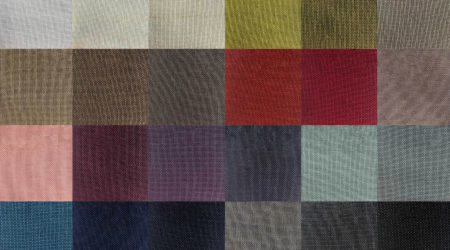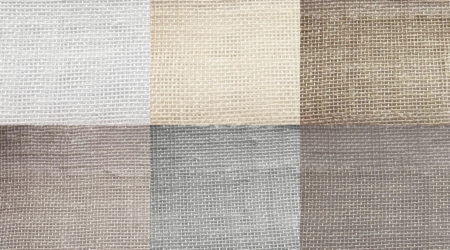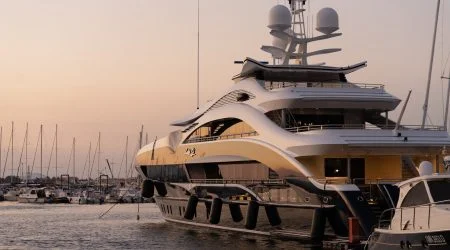New Mirage Voile IFR Range Available
Discover our brand new range of Mirage Voile IFR, made from 100% polyester and Inherently Flame Retardant.
Read MoreSpecialising in the production of theatre and stage drapes for over 30 years
Stage curtains come in a range of fabrics and materials – read this guide to learn more about theatre curtain materials and how to choose the best fabric for your needsStage curtains come in a range of fabrics and materials – read this guide to learn more about theatre curtain materials and how to choose the best fabric for your needs.
No theatre or stage is complete without a curtain that is pulled back and drawn before and after the performance, but have you ever wondered what materials and fabrics they are made from?
That, of course, depends on the type of stage curtain being used – from traditional red velvet curtains to modern alternatives that allow for video projection – each uses a different material.
Before looking at the different stage curtain fabrics and their qualities, let’s first discuss just why theatre curtains are so important to the show.
Theatre curtains are primarily used to frame the stage and to prevent the audience seeing the performing space until the show gets underway.
Once the show has opened and the curtains have been pulled back, they will continue to conceal offstage areas and equipment at the side of the stage.
Curtains are also used to keep the audience focused on the action taking place on the stage, “framing” the space and drawing the viewer’s eye to the stage.
The most well-known theatre curtain is the main curtain – the fire-retardant velvet red curtain that hangs over the front of the stage. But that is just one part of the theatre curtain set-up.
Other parts of the theatre curtain include:
Proscenium – this structure frames the stage and the theatre curtain usually sits behind it.
Tormentor – this is a curtain that sits either side of the stage and stops the audience seeing into the wings.
Border – these are short drapes that hang above the stage, spanning its width to hide lights and equipment.
Legs – these are tall, narrow drapes that hang parallel to the proscenium at the side of the stage and help to “frame” the stage.
Fire curtain – this is a curtain made out of fire-resistant material – usually fibreglass or iron – that is deployed in the event of a fire.
While there is a wide range of materials that can be used for the main curtain, the most common fabrics include cotton, polyester and mohair.
Cotton can be used to create the traditional velvet theatre curtain although it is a cheaper fabric than say wool serge which provides a more luxurious finish.
Some of the benefits of cotton is that it is durable and easy to maintain and keep clean. It looks sophisticated but at a sensible cost.
Wool serge is a more expensive fabric and is our best-seller when it comes to customers looking for a theatre curtain fabric.
It has the durability of cotton but thanks to its heavier weight has superior light and sound blocking qualities. It is also flame retardant.
If you are looking to create a truly stunning theatre curtain, then mohair is the best possible fabric you can use. It also has the best longevity.
Mohair provides unrivalled colour clarity and lighting and acoustic qualities. While a greater initial investment, mohair stage curtains look incredible and can stand the test of time.
Of course, these fabrics can be used across the main stage curtain as well as the tormentor, legs and border to create a seamless theatre curtain that really does frame the stage.

Discover our brand new range of Mirage Voile IFR, made from 100% polyester and Inherently Flame Retardant.
Read More
Discover our brand new range of Eco Voile IFR, made from 100% recycled polyester and Inherently Flame Retardant.
Read More
We now have IMO (International Maritime Organisation) Certification for the following qualities…
Read More